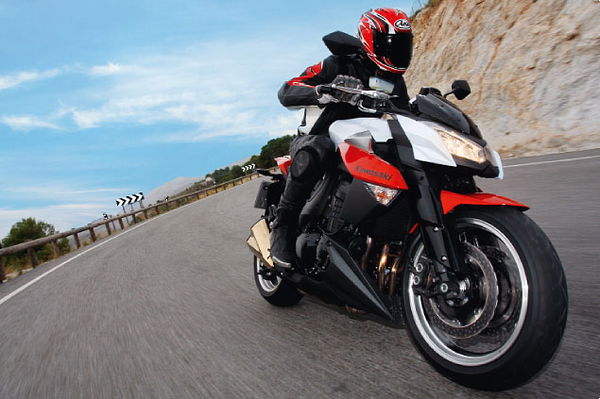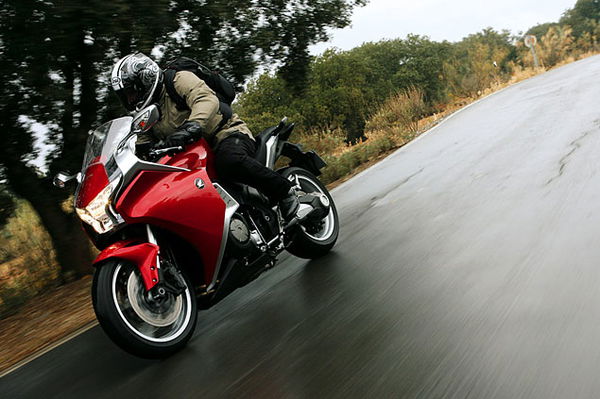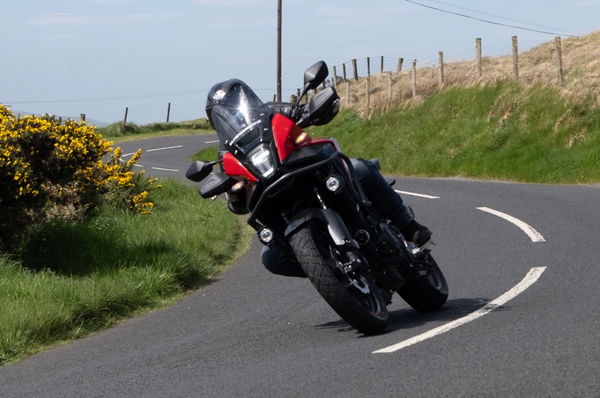First ride: 2010 Kawasaki Z1000 review
Kawasaki’s naked beast is back, not with a whimper, but with a big styling bang and an engine to back up the new look.


Click to read: Kawasaki Z1000 owners reviews, Kawasaki Z1000 specs and see the Kawasaki Z1000 image gallery.
It’s not often these days that a major manufacturer makes a complete balls-up of an updated bike, but that’s what Kawasaki did in 2007 with the Z1000. Four years before that, they relaunched the Z1000 name with a fiery naked four whose dramatic looks and lively performance made it a well-deserved hit.
So what did they do with its replacement? Made it less powerful, heavier, longer and (to most people’s eyes) less attractive – just as Honda and Yamaha were poised to provide stiffer opposition with stylish naked fours of their own. Predictably enough it bombed.
Three years further on, and Big K is trying again, in the knowledge that if they mess up this time the trickle of sales will surely dry up completely. At least they can’t be accused of a half-hearted effort. This is an all-new Z1000, with a larger capacity engine plus an aluminium frame for the first time.
You can’t miss the styling. The new-generation Zed has always been a striking bike, and this one goes further with its smaller headlights allowing a lower front end that gives a wedge-shaped profile. It’s all sharp lines and neat details: orange-backed instruments, a new belly-pan, and plastic fork shrouds that accentuate the low, pointy nose while protecting the stanchions.
I’m not sure about the stubby, triangular silencers or the rock star colour option of dark brown with a mock snakeskin seat. But the Zed’s chunkiness up front, combined with its cut-down tailpiece, gives an impression of brute strength – and the new engine does its best to live up to it. Being bigger is a good start. Bore is slightly smaller than the old motor’s but a 5.1mm longer stroke hoiks capacity by 90cc to 1043cc. That boosts midrange and so do the larger-diameter downdraught throttle bodies and their long intake trumpets. Claimed max power is up from 123bhp to 136bhp, with the usual gift of more torque throughout the range.
The chassis gets most work, starting with that ZX-10R style aluminium frame whose twin spars run above the angled-forward engine. It’s more than 3kg lighter than the old steel cage as well as being 30 per cent more torsionally rigid. The new rear shock sits almost horizontally and is worked via a triangular linkage.











